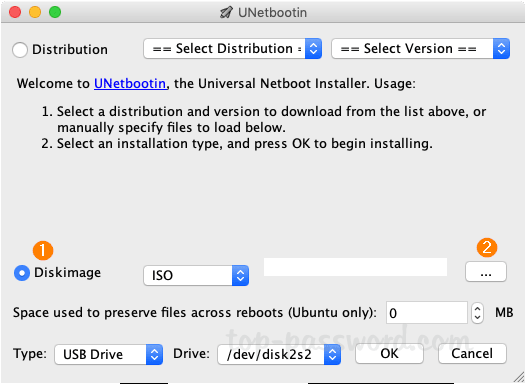- Macbook Bootable Pendrive
- Can't Get Mac To Boot From Usb
- Mac Boot From Pen Driver
- How To Get Mac To Boot From Usb
Download Usb Bootable. Free and safe download. Download the latest version of the top software, games, programs and apps in 2021. How to Create A Linux Bootable USB/Pendrive. Wait for at least 5 min, and Linux live boot is ready. With this same trick, you can boot any major Linux live os like Ubuntu, Backtrack, Kali OS, and Tails, etc. Also Read: Top 10 Reasons to Switch from Windows to Kali Linux. Using Rufus USB Installer. One Kon-Boot USB to bypass Windows and Mac OSX authorization process. One KonBoot pendrive to rule them all! Kon-Boot 2in1 is basically Kon Boot for Windows and Kon-Boot for Mac OSX connected together, all installed on one USB pendrive. Please note Kon-Boot 2in1 is for USB thumb drive only! So this is the list of the Best Bootable USB software for Windows/Mac 2020 with which you can create a bootable USB drive. If this concept is new to you, Etcher seems to be a good option. On the other hand, if you deal only with Windows, you can go for Rufus or Windows USB/DVD tool.

Critical Requirements
What you need:
- 20 minutes for USB installer creation.

- To create the USB installer: a PC, Mac or Chromebook running the Chrome browser.
- An 8GB (or greater) USB stick
In order to function properly, CloudReady needs to communicate with several Neverware services. Every Neverware service communicates via https traffic on port 443, with the exception of final download of update payloads, which are signed and validated after download.
You can see the current list of required URLs and test your ability to connect to them here or below:
Macbook Bootable Pendrive
- Unlike other network services and interactions listed above, CloudReady's update payloads are downloaded via http. This allows caching and peer-to-peer updates to be possible.
- Like Chrome OS, CloudReady supports peer-to-peer updates. P2P can be disabled by blocking multicast DNS (mDNS) on your local managed networks.
- CloudReady requires the ability to send https traffic to many Google endpoints in addition to the list above. If you are not already successfully using Chromebooks, you may want to reference:
- Google's support articles on preparing your network for Chrome devices
- Google's Enterprise Networking for Chrome Devices guide
- Google's Networking Best Practices for Large Deployments guide. - Transparent inline proxies and other SSL filtering can create significant issues with Neverware and Google network interactions. If you use a tool like this, make sure to add the above Neverware URLs and Google's URLs to your SSL hostnames whitelist.
- Chromebooks and CloudReady devices update every 6 weeks and in some cases may add or change their network dependencies. Neverware will contact customers in the event of a major change, but you can refer to the links and information above for an always up-to-date list of dependencies.
Can't Get Mac To Boot From Usb

If you're unable to resolve networking issues on CloudReady, contact support.
Mac Boot From Pen Driver

How To Get Mac To Boot From Usb
Every computer is different, and many require specific steps to successfully install CloudReady.
Please check that your computer model is on our Certified Models List before proceeding. Click on the 'details' link of any model for specific notes and information about installing and using that device. If your model is not on the list, there is a good chance that it will still work with CloudReady. However, uncertified models may have unstable behavior, and our support team cannot assist you with troubleshooting.

